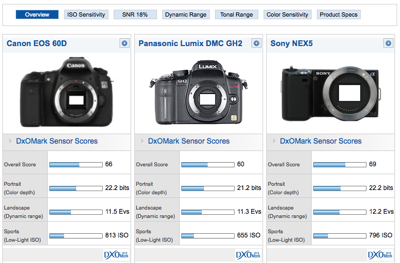So I'm in my hotel in Tokyo, trying in vain to get my Kindle3 to connect to my shared Internet Sharing connection with my Mac so that I can get it to sync and download all my blogs for on-board reading. My hotel only offers a hardwired ethernet connection, so I have to provide my own wireless.
Argh! My Kindle just doesn't connect with my Mac. My iPhone 3 connects just fine.
Some browsing around reveals that there is apparently a bug in the Apple Internet Sharing feature -- some people think it has to do with the DHCP provisioning. In any case, it makes the Kindle and other non-Apple devices have problems connecting. Let's leave aside the fact that Apple only has WEP encryption in Internet Sharing. Lame.
To fix it, you have to connect your Kindle manually. It's best to copy the settings from a device that *can* connect such as your iPhone, but if not, here are generic settings:
DHCP: 10.0.2.100 <- change the last digit from what your iPhone displays, '100' is usually safe
Mask: 255.255.255.0
Router: 10.0.2.1
DNS: 10.0.2.1
Thanks, internet magicians!


 After much soul
After much soul 





